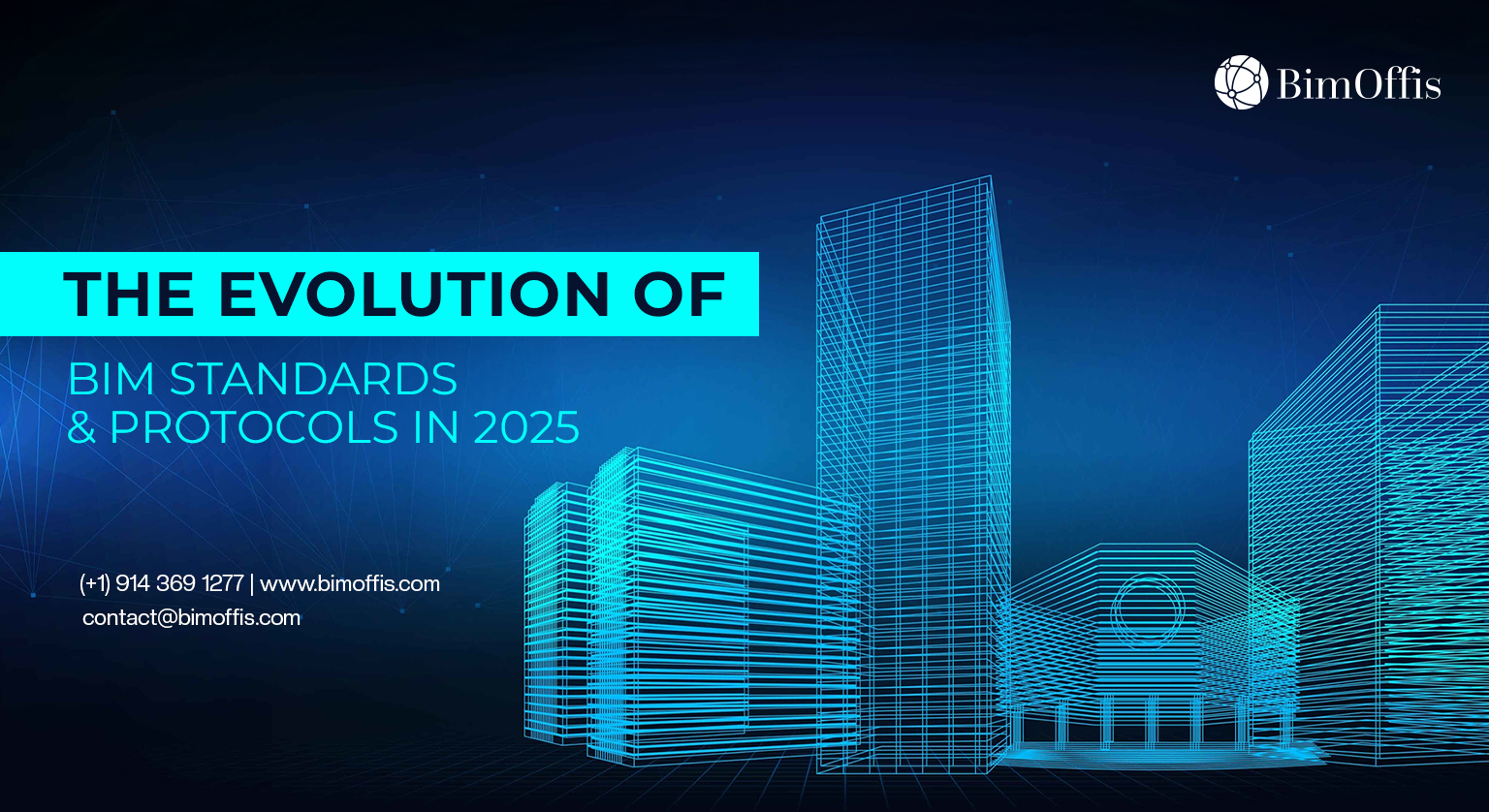BIM has revolutionized the AEC industry through improving collaboration, productivity, and results of tasks executed in design construction and facility management. As we get closer to the year 2025, BIM standards and protocols are still being developed to counter new issues and discover new possibilities enabled by technological advancements to address emerging challenges in organizing and advancing construction projects.
The Evolution of BIM Standards
BIM standards’ process was initiated with regional BIM guides like the UK’s PAS 1192- series that offered the model for BIM cooperation. In understanding the need for a harmonized approach to the management and application of BIM, in 2018 the International Organization for Standardization (ISO) developed the ISO 19650 series. It comprises guidelines for using information throughout the life cycle of a constructed asset with compatibility and compatibility of international initiatives at its core.
Key Developments in 2025
Integration of Digital Twins: Real-time modeling of the physical properties of assets and components in built environments is improving as digital twin technologies becomes more integrated with BIM processes. This integration provides improved control and assessment of building performance and behavior at different stages of its life cycle.
Artificial Intelligence (AI) and Machine Learning (ML): AI and ML are integrated with BIM management to enable pattern assessment, design modifications based on algorithms, and better decisions to enhance construction process satisfaction.
Enhanced Sustainability Measures: These standards are gradually shifting towards sustainable forms of designs and construction to encourage global climate change objectives.
Cybersecurity Protocols: As construction data goes into a digital space, strong security measures are embedded into BIM protocols for the security of information and data quality.
Challenges and Opportunities
While the evolution of BIM standards presents numerous opportunities for innovation, it also introduces challenges:
Adoption Barriers: Small businesses may not follow the latest BIM tools because of either high costs or inadequate capabilities for training.
Data Management: Working with big data originating from different sources may be troublesome which call for proper ways of handling it.
Standardization Issues: It might also be difficult for the various platforms to interoperate due to a lack of standardization; hence, it is crucial to proceed with the advancement and integration of BIM processes.
The Road Ahead
The future of the application of BIM standards will therefore pivot on its adaptability of future developments in technology and developments in the construction industry. Current advancements in the ongoing process are targeted at creating less limiting and broader directions prompting improved cohesiveness, increasing beneficial impacts to the project and to orient the construction industry to a higher level of operational efficiency and sustainability.
Therefore, when moving through 2025, the constant changes in BIM standards and protocols are the manifestations of the industry’s adaptation to the digital environment. If AEC professionals keep themselves updated and ready, they will be in a vantage position to help these advancements help them succeed in their projects.






